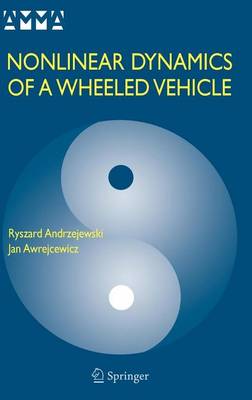On average, 60% of the world's people and cargo is transported by vehicle that move on rubber tires over roadways of various construction, composition, and quality. The number of such vehicles, including automobiles and all manner of trucks, increases continually with a growing positive impact on accessibility and a growing negative impact on interactions among humans and their relationship to the surrounding environment. This multiplicity of vehicles, through their physical impact and their emissions, is responsible for, among other negative results: waste of energy, pollution through emission of harmful compounds, degradation of road surfaces, crowding of roads leading to waste of time and increase of social stress, and decrease in safety and comfort. In particular, the safety of vehicular traffic depends on a man-vehicle-road system that includes both active and passive security controls. In spite of the drawbacks mentioned above, the governments of almost every country in the world not only expect but facilitate improvements in vehicular transport performance in order to increase such parameters as load capacity and driving velocity, while decreasing such parameters as costs to passengers, energy resources investments, fuel consumption, etc. Some of the problems have clear, if not always easily attainable, solutions.
- ISBN10 1280263393
- ISBN13 9781280263392
- Publish Date 1 January 2005
- Publish Status Active
- Out of Print 25 March 2015
- Publish Country US
- Imprint Springer Us
- Pages 326
- Language English
